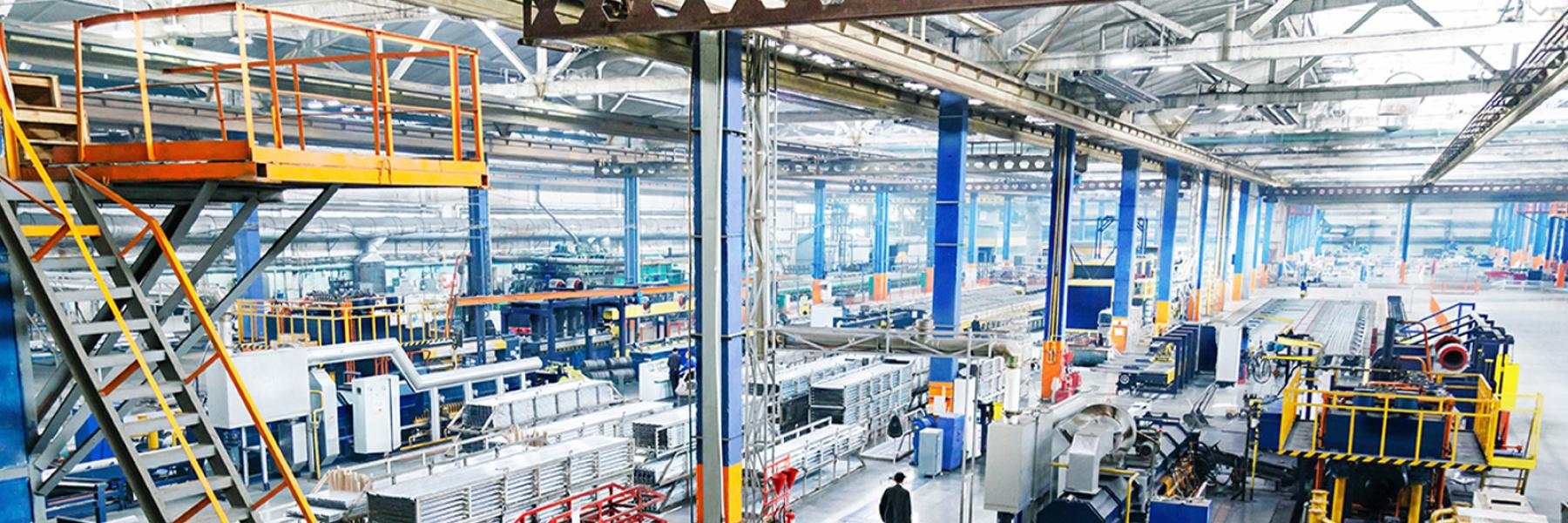1.What is a VFD?
A Variable Frequency Drive (VFD), sometimes known as a variable speed drive, is a type of motor controller that drives an electric motor by varying the frequency and voltage supplied to the electric motor. Its primary function is to allow motor speed adjustment in response to varying loads or system requirements. In essence, it serves as a bridge between the power supply and the ac motor.
However, We can’t call VFD VSD. Because VFD is just one type of VSD.
So,what is the difference between VSD and VFD?
- Application:
While VSDs are versatile, catering to both AC (alternating current) and DC (direct current) motors, VFDs primarily target the control of AC motors, especially the common AC induction motors. - Energy Efficiency
By manipulating variable frequency, VFDs finely tune the speed of these motors. This isn’t just for precision; it’s about efficiency. By adjusting the speed to match load requirements, VFDs enable AC motors to operate more optimally, leading to significant energy savings.
VFD’s Unique advantagesIn the technical realm, the VFD’s prowess lies in its ability to transform DC power through a DC bus, modulate it with techniques like pulse width modulation, and simulate a sine wave suitable for the motor. Whether for single-phase motors or three-phase ones, VFDs optimize the rotating magnetic field inherent to AC motor characteristics.
In essence, while VSDs cover a broader spectrum of electric motor control, VFDs focus on the intricate world of AC drives, showcasing the marvels of modern engineering in motor speed control.
2.How does a VFD work?

A VFD works by converting ac power supply into dc voltage. The built-in dc link stores this voltage, which is then converted into a sinusoidal ac output to control motor speed. The heart of the process involves pulse width modulation (PWM), which helps simulate a sine wave for the motor. By controlling the output frequency, a VFD can regulate the speed of the motor without altering the line voltage.
3.What is the most common VFD used today?
The most prevalent VFD in contemporary applications employs pulse width modulation (PWM).
PWM (Pulse Width Modulation) in VFD Applications
Within a VFD, the PWM controller plays a role in converting DC voltage back into a modulated AC voltage to control the speed and torque of an AC motor. By rapidly switching the power devices (like IGBTs or MOSFETs) on and off, the VFD generates a series of voltage pulses. The width of these pulses is varied to simulate a sine wave, which is suitable for AC motors.
The key advantage of using PWM in VFDs is its ability to create a synthetic variable frequency and voltage sine wave output, which offers precision control over the AC motor’s speed and direction. By finely tuning the width of these pulses, the VFD can effectively adjust the motor’s speed and ensure smooth, efficient, and energy-saving operation.
In conclusion, the application of PWM controllers in VFDs allows for precise control over AC motors, making them adaptable to a variety of tasks and operational conditions.
4.Where Are Variable Frequency Drives (VFDs) Utilized?
VFDs are indispensable across a myriad of sectors. They are commonly found in industries where energy consumption and energy savings are crucial. For example:

- Industrial Processes:
VFDs are prevalent in industries where precise motor speed control is vital.
Whether adjusting the conveyor belt speed or controlling an intricate machine tool, VFDs offer unparalleled precision. The ability to adjust an ac motor’s speed based on power supplied is invaluable, ensuring optimal production rates and energy efficiency. - HVAC Systems: In the world of Heating, Ventilation, and Air Conditioning, energy consumption is a constant concern. VFDs regulate the motor’s speed of fans and pumps, dynamically adjusting their operation based on the current demand. This not only translates to energy savings but also prolongs the equipment’s lifespan.
- Pumping Systems:Pumps are crucial in these facilities, and their motor load can vary based on the demand. With a VFD, these pumps can operate efficiently, ensuring that power system use is optimal and that there’s minimal wear and tear on machinery.
- Agriculture:Modern farming relies on equipment like irrigation pumps and automated feed systems. A VFD can vary the speed of the motor depending on the immediate needs, optimizing water use or ensuring livestock gets fed without wastage.
- Elevators:The smooth starting and stopping of an elevator are crucial for passenger comfort. VFDs provide that refined control over the motor speed, ensuring elevators operate smoothly and efficiently.
- Renewable Energy Systems:Whether it’s wind turbines or solar panel tracking systems, renewable energy solutions often rely on VFDs. They help in matching the output voltage and frequency of generators to the grid or adjusting the angle of solar panels based on the sun’s position.
- Mining:The demanding environments of mines require robust machinery. VFDs in mining applications ensure that conveyor belts, crushers, and drills work at the right pace, adapting to the varying needs of the process.
The application of VFDs is vast. They have revolutionized the way we think about motor load and power system efficiency. With the capacity to alter frequency and voltage, they provide unparalleled control over motor operations, catering to specific demands while optimizing energy use. Whether it’s an ac induction motor in a factory or single phase motors in smaller applications, VFDs play a pivotal role in optimizing system efficiency and energy use.
Incorporating VFDs in systems ensures not only optimized energy consumption but also prolonged equipment lifespan and improved operational efficiency. Understanding their functionality and applications is vital in today’s energy-conscious world. Whether you’re examining the block diagram of a VFD or witnessing its impact in an industrial setting, there’s no denying their transformative impact on modern engineering and energy management.
